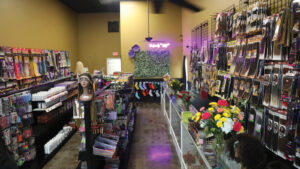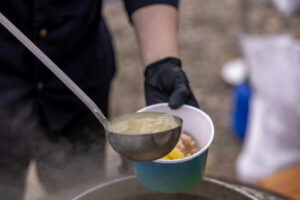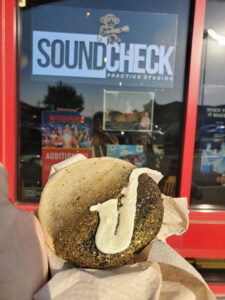Columbia, as a community, is passionate about supporting its local economy. Residents are known for investing in the community they live in, but as locals, many of us may not realize the impact visitors to Columbia have on making it a thriving place for those of us who live here.
Whether visitors are coming for an event or festival such as True/False Film Fest or a Mizzou Tiger football game, or a brief weekend getaway on our expansive trail system, the money they spend allows the city to invest in many resources for visitors and residents alike. Following the COVID-19 pandemic, I now have an even larger appreciation for the tourism industry and the work our Convention and Visitors Bureau puts into making Columbia a highly sought-after destination.
As the second-largest industry in Missouri, tourism plays a significant role in funding services on a local level.
As visitors explore our community, their investments support local businesses, restaurants, and hotels, and create local jobs. In the state fiscal year 2023, Boone County employed 11,612 people in the tourism industry and had $545,793,403.95 in tourism expenditures. A portion of the dollars they spend on their visit also goes into a series of taxes that fund essential services. Those taxes include in part:
- General sales tax
- Parks sales tax
- Transportation sales tax
- Capital improvement sales tax
- Lodging tax
Columbia’s 2 percent sales tax is the most significant source of revenue for governmental activities. The sales tax breaks down further to 1 percent for general revenue, one-half percent for transportation, one-quarter percent for capital improvements, and one-quarter percent for parks.
The one-quarter percent park sales tax funds local parks and recreational services, and is applied to all retail sales made within the city of Columbia. The funds from this tax are used to maintain and improve existing parks which play a vital role in tourism in Columbia. It also allows the city to invest in the development of new parks, trails, and recreation facilities.
The one-half cent transportation sales tax funds Go COMO, the Columbia public transit system, construction and maintenance of streets, roads, bridges, and Columbia Regional Airport.
The one-quarter cent capital improvement sales tax funds capital improvement projects which include major improvements to city facilities and infrastructure. Recent examples include the Molly Thomas Bowden Neighborhood Policing Center in north Columbia, resurfacing on Walnut Street, and the construction of Fire Station 11 in South Columbia.
Lastly, the lodging tax is important in ensuring Columbia continues to be a destination for guests. The initial 2 percent lodging tax took effect in 1980 and the public approved an additional 2 percent increase in 1999. In August of 2016, the public approved another 1 percent increase to fund the Columbia Regional Airport terminal project. This 1 percent is temporary and is projected to sunset after twenty-three years. This tax paid by guests staying in motels and hotels creates revenue used by the city to promote Columbia as a leisure, youth and amateur sports, meetings and conventions, and group tour destination.
To sum things up, tourists bring millions of dollars each year to Columbia. Without them, we would see a significant decline in the funding available to maintain the resources each of us uses. For that reason, I feel it is important to invest in making Columbia a top destination for visitors.
We are lucky to have so many dedicated business owners, hard-working employees, and welcoming residents who allow us to be exactly that. As our city continues to grow, I know we will have even more to offer. And who knows? Maybe we will even convince some of those tourists to relocate or start a business right here in Columbia.

De’Carlon Seewood
De’Carlon Seewood is the City Manager of Columbia.










